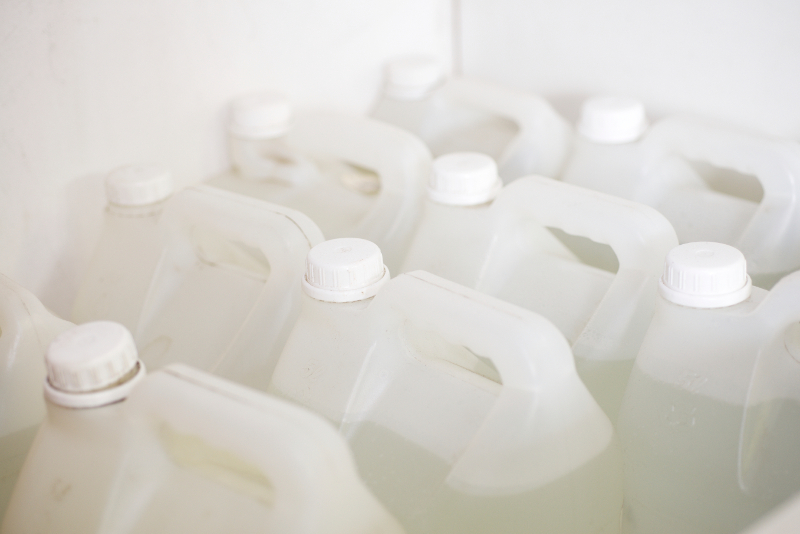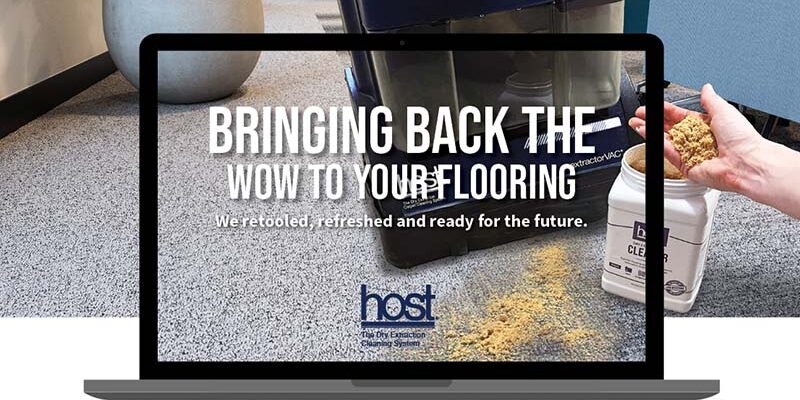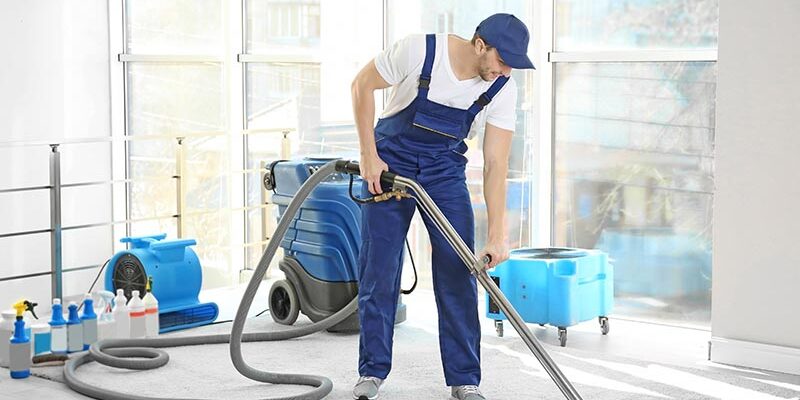Anionic, Nonionic, Cationic

By Timothy J. Roach
There was a time when the word “surfactant” was foreign to me. As a young boy growing up on Long Island, I remember watching my mother frantically trying to clean up some unknown food or drink spill from our carpet before company came. She’d scrub and scrub, actually spreading the spill instead of cleaning it.
And, of course, with no carpet spot remover in the house, she would be forced to try whatever was handy, such as laundry detergent, dish soap, maybe even some alkaline degreaser from my dad’s workroom.
“Shouldn’t you use carpet cleaner on that?” I’d ask.
“It’s just soap,” she would reply. “It’s all the same.”
It’s not just soap
Today, as a cleaning product formulator, I get to play with all sorts of different chemicals. I spend my weekdays measuring and mixing, adding a pinch of this and a jigger of that. I guess you could say I’m one part chef, one part kid with a chemistry set.But there is one thing that I have learned over my years of studying chemistry and working as a formulator: It is most definitely not all just soap.
Perhaps the most misunderstood and confusing components of cleaning chemicals are the actual detergents, or surfactants.
View the Infographic “Anionic, Nonionic, Cationic, and Amphoteric Surfactants
Cleaning chemical variety
Surfactants (short for surface-active agents) are molecules that contain a hydrophilic, or “water-loving” end, and a hydrophobic, or “water-fearing” end. The electrical charge on the water-loving end of the molecule distinguishes between the different types of surfactants.
Surfactants come in four different types: Anionic, nonionic, cationic and amphoteric.Once you understand the differences between these different surfactant types, as well as how to classify them by their names, choosing the right cleaning products should be a snap.
Anionic surfactants
Probably the most commonly used surfactants in carpet cleaning chemistry are anionic surfactants.Anionic surfactants possess a negative charge on their hydrophilic end. This charge helps the surfactant molecules to interact with both the carpet fibers and soil particles, lifting and suspending soils in “bubble-like” arrangements called micelles.
Anionic surfactants possess other benefits that make them ideal for certain carpet applications. Generally, they make a lot of foam when agitated. Also, they tend to be flaky or powdery when dry, not sticky like other surfactants.Anionic surfactants, therefore, are the most common type of surfactant found in low moisture carpet cleaners, like traditional shampoos and encapsulation products.However, these detergents tend to not be as good at emulsifying oily soils as some other detergent types.
When reading the ingredients list on your cleaning products, you can identify anionic surfactants as those that have the following in their names:
- Sodium
- Ammonium
- Magnesium
- Sulfate
- Sulfonate
- Gluconate (For example, sodium laurel sarcosinate, magnesium laurel sulfate, and sodium gluconate.)
Nonionic surfactants
Nonionic surfactants are also found in many cleaning products, including carpet products. Nonionics have no charge on their hydrophilic end, which helps make them superior oily soil emulsifiers.
Some nonionics are high foamers (like anionics), while others do not generate much foam. Because of their lower foam profile and strong emulsifying potential, these surfactants are the preferred choice when formulating extraction cleaners and pre sprays. However, unlike anionic surfactants, nonionics are thick liquids or syrups that are sticky or “gooey” to the touch. When left in the carpet, nonionic surfactants are the primary contributors to rapid resoiling.
Even with that being the case, their importance as cleaners outweighs this negative, and the cleaner or technician must take care to remove as much of the detergent residue as possible from the carpet in order to get the cleaning benefits of nonionics without their negatives.
Nonionic surfactants include:
- Ethoxylates
- Alkoxylates
- Cocamide
Cationic surfactants
Cationic surfactants are less common in cleaners, and almost always absent from carpet products. Cationics have positively charged ends, which makes them ideal in antistatic formulas like fabric softeners and automobile “cheater waxes.”Also, cationic surfactants have antimicrobial characteristics, and they are found in hard-surface disinfectants and cleaners. However, cationic surfactants have been shown to damage the mill-applied protectants on carpet, and are therefore strictly verboten in carpet products.
Formulas containing cationic surfactants cannot be mixed with those containing oppositely charged anionic surfactants. The molecules would interact with each other, producing a gooey mess that drops out of solution.When reading the ingredients list, look for the words “chloride” or “bromide” (as in alkylbenzene ammonium chloride) to identify cationics.
Amphoteric surfactants
Probably the least talked about surfactants are the amphoterics. These unique molecules possess both a positive and a negative charge on their hydrophilic end, giving them a net charge of zero.
Amphoteric surfactants have little utility on their own, but work extremely well in enhancing the cleaning effect of both anionic and nonionic surfactants. They can serve as “coupling agents,” which hold the surfactants, solvents and inorganic salt components of a formula together.
Amphoterics are usually named in some way to indicate that they are amphoterics, as in amphoterge. Other examples of amphoterics are betaines and amine oxides.
A buffet of chemistry
With all these different types of surfactants, and with a seemingly infinite list of each type of surfactant, it is a wonder that formulators are able to choose the right detergent for the right application. Experienced formulators have gotten their hands dirty working with many different types of detergents in an effort to make just the right blend of cleaning agents. Any formulator worth his salt will be quick to tell you that not all surfactants are created equal, and that some cleaners are better than others, given the situation.
Timothy J. Roach has a B.S. degree in biology and chemistry from Duke University and an M.S. in chemistry from Northwestern University.












